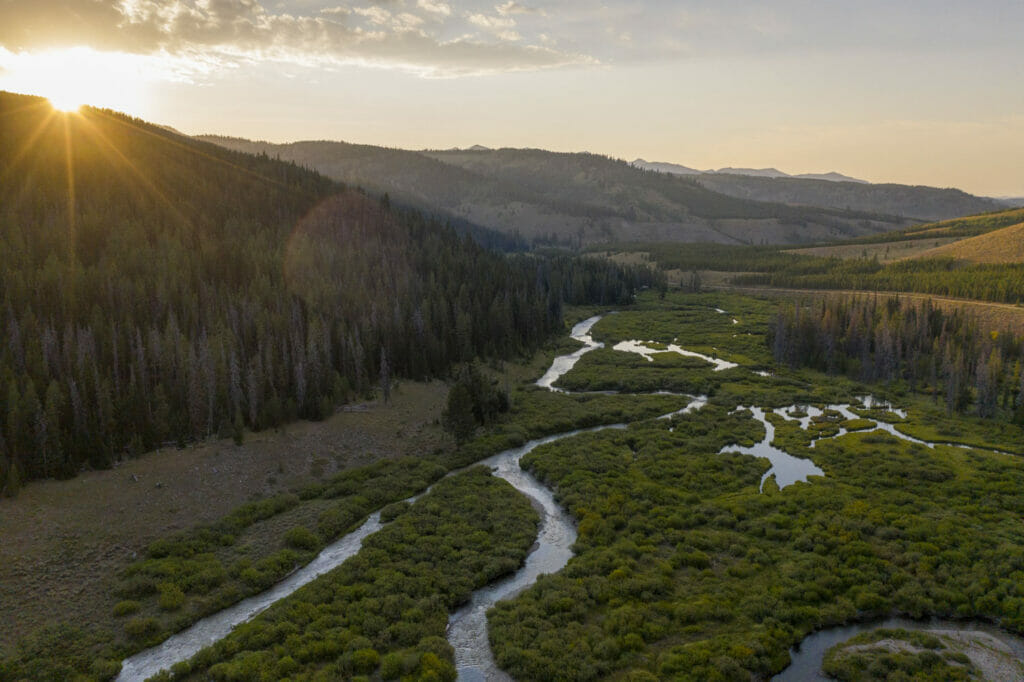We need your help to protect small streams and healthy fisheries
For most of my three decades at TU, we have been working to see that the landmark Clean Water Act protects all the waters it was intended to protect. That includes the small tributary streams, headwaters, and wetlands that are so important to the health of those bigger downstream waters that we love to fish and float and swim in, and that provide clean water for businesses, farms, and communities.
The last administration stripped federal protections for millions of miles of those streams and millions of acres of those wetlands.
Now we have a chance to reverse that—and that’s where you come in. We need help from anglers, hunters, and everyone who cares about clean water to set us on the right course toward stronger Clean Water Act protections.
A critical first step came this week. Following a major federal district court decision in the fall that eliminated the last administration’s flawed rule, the EPA published a new proposed rule that would reinstate 1986-era rules and incorporate changes that take into account recent Clean Water Act court rulings.
Trout Unlimited supports the changes in the new proposal, and we can help push it across the finish line by showing a groundswell of support. Please take a moment to show how much you care about the small waters and headwaters.

This rule is a significant improvement that will help protect the rivers, streams and wetlands we care so much about, and the watersheds we have worked so hard to conserve. The new proposed rule is based in sound science (and common sense): If we pollute upstream reaches, we put our downstream waters at risk. It provides fresh clarity, especially for farmers, whose operations have long had significant exemptions from Clean Water Act regulation—exemptions that will remain in place under the new rule.
If you’ve followed the campaign to strengthen the Clean Water Act, nothing about it is simple, and so instituting this new policy is not the end of the road. While the proposed rule is an improvement, it would only be an interim step.
EPA and the administration need to continue working with the varied stakeholders to settle on a durable, lasting policy that protects our waters and ends the years of litigation, as they have committed to doing.
TU President and CEO Chris Wood puts it this way:
“The EPA needs to rebalance Clean Water Act protections for small streams and wetlands in a manner that creates certainty for its many constituents—from tribes and farmers to local communities and hunters and anglers. The science is clear. The new water policy should ensure clean, healthy water not just for trout and salmon, but for businesses, farms, and communities. We can only hope that this will be an important step on the road to settling the debate over the Clean Water Act, which has done so much to improve our rivers and streams.”
Steve Moyer is vice president of government affairs at Trout Unlimited.



